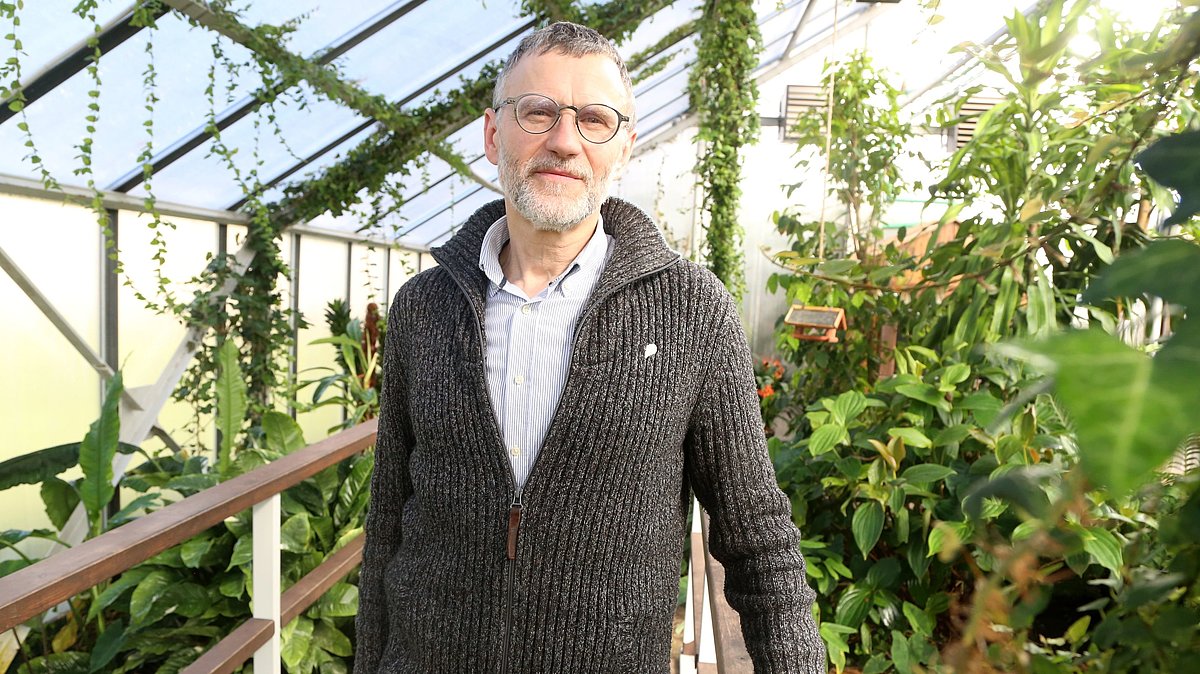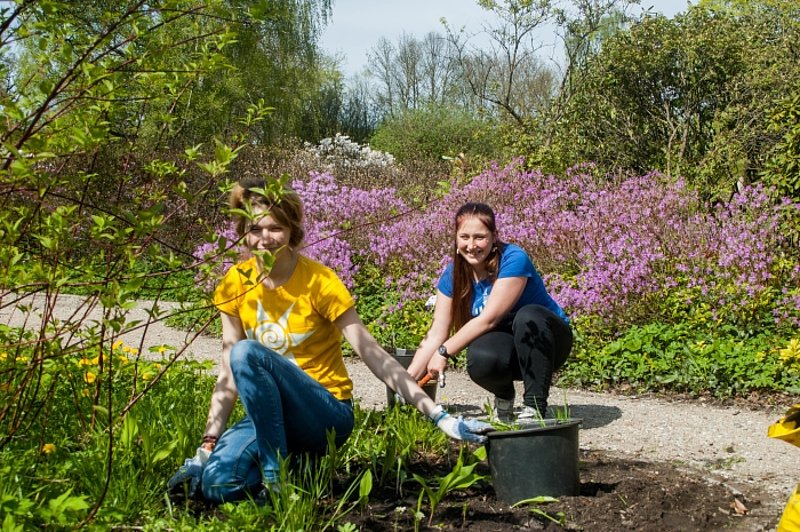
“The infrastructure of the botanical garden is very outdated,” says Uldis Kondratovičs, Director of the UL Botanical Garden. “Recent major investments have come from the Boris and Inara Teterev Foundation. In 2013, together with the former Rector of the University of Latvia, Professor Mārcis Auziņš, they signed a letter of intent on cooperation and support for development and cultural heritage preservation projects of the Botanical Garden, and dissemination of knowledge and skills based on European humanitarian traditions. Their support coincided with the approaching centenary of the Botanical Garden, which will be celebrated in 2022. The invested amount was substantial, so that the various garden developments could be implemented gradually, without affecting the visitors. Their support of the UL Botanical Garden envisages restoring and replenishing collections and exhibitions, arranging the area infrastructure in line with the requirements – creating and restoring pedestrian pathways and recreational areas so that the garden is a place of peace and recreation,” says U. Kondratovičs.
There is a lot to be done in the garden, including improvements that visitors cannot see, such as underground communications – sewerage and water pipes. Substantial investments are needed for the reconstruction of the Plant House, the Volfšmits Manor Complex, the systematic and morphological groups of the plants.
“Last summer was not favourable for the Botanical Garden, because it was very hot and dry. There were different opinions in the community about how we could have "saved" our plants by watering them more, but everything is not that simple. For example, if we turn on the faucet in one part of the garden, it works very well, but there is practically no water in other parts. The reconstruction of the irrigation system is essential,” notes U. Kondratovičs.
The nearest future plans of the UL Botanical Garden, enabled by support of the UL Foundation and patrons, are related to the Philanthropy House – the construction of a new, modern and energy-efficient building, which will demonstrate the potential of modern technology, as well as symbolize the principles and traditions of philanthropy. This building will be powered by renewable energy and complemented by two bright accents: the Winter Garden and the Mirror Wall. The Winter Garden symbolises the generosity of patrons, while the large Mirror Wall, which will be positioned on the one side of the house, symbolises transparency, loyalty and trust. The building will contain an office of the UL Foundation, and seminars with up to 30 people could be organized there. “The entire building will be made of glass, also serving as a visitor attraction. However, the most important thing for us is the promotion of the patrons’ generosity, the development, optimisation and exploration of sustainability of these smart solutions in real-world climate conditions,” emphasizes U. Kondratovičs.
When asked about the mission of the Botanical Garden, U. Kondratovičs replies that he sees the UL Botanical Garden as a green adornment of the University of Latvia, located almost in the middle of Riga. The mission of the Botanical Garden is to preserve, maintain and enrich plant biodiversity "ex situ", that is, outside the natural habitats of these plants, as well as research, education and popularization of plants in a variety of forms. The various public events are perceived as an added value, where supplementary revenue can be made, but it does not cover the costs – in 2018, this revenue represented 35% of the total income. The remaining 65% consisted of UL funding, science funding, linked project funding, as well as donations.
“In recent years, the Botanical Garden has been organizing various events, such as workshops, further education courses, lectures, concerts, festivals, markets, movie nights, etc., which together form the added value. Above all, the Botanical Garden, as an academic environment, fulfils its mission of contributing to the preservation of plant biodiversity by maintaining and expanding plant collections, providing a basis for research and study. Here is an environment where visitors can escape daily rush while enjoying the landscape, bird voices, blossoming of azaleas, magnolias, rhododendrons, roses, dahlias and other plant collections. Of course, flower blooming depends on the season, but the Plant House and the Tropical Butterfly House, where a variety of exotic butterflies can be observed, are open to visitors also in the winter. The number of visitors varies – it can reach a thousand in January, and rise to 18 thousand in May,” comments U. Kondratovičs.

 Academic Centre
Academic Centre